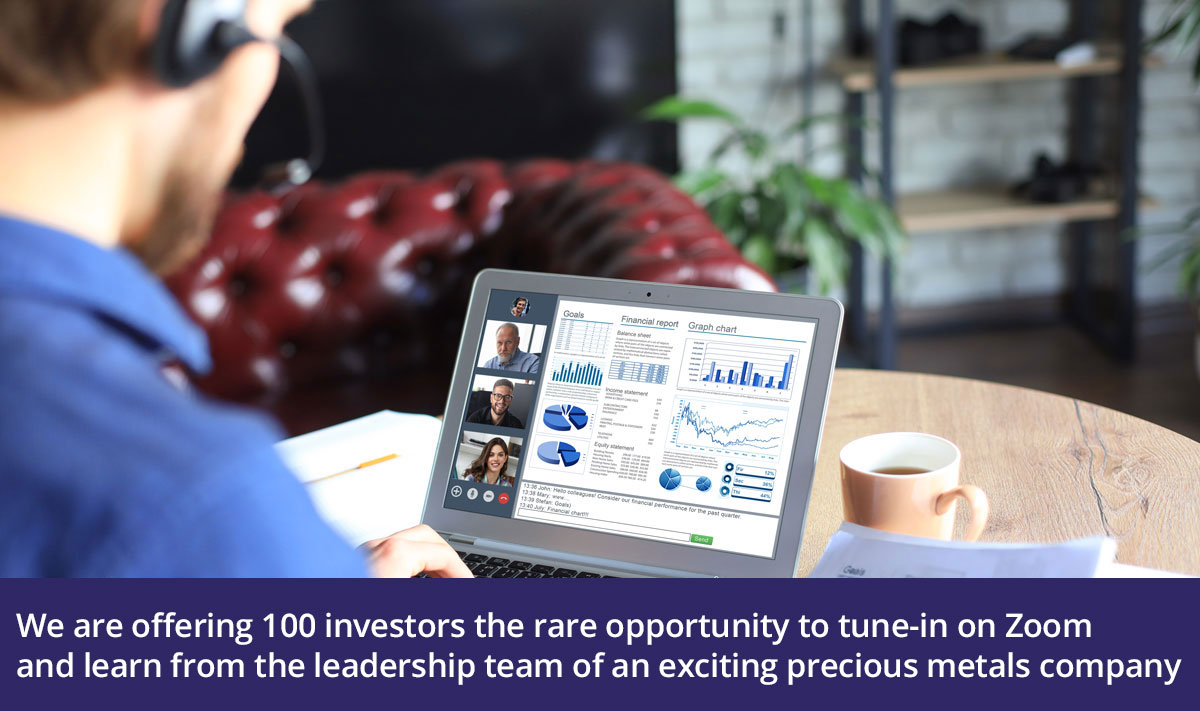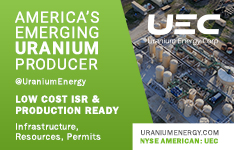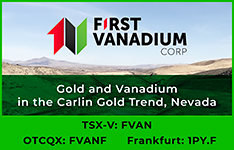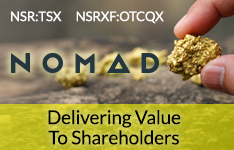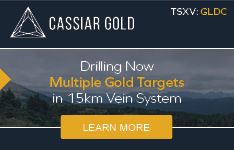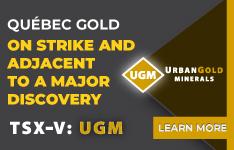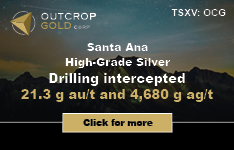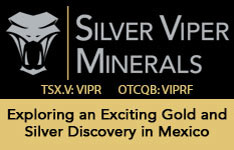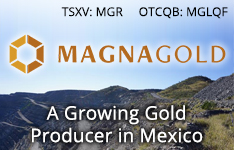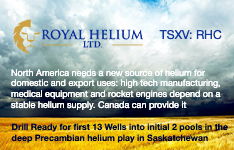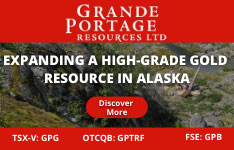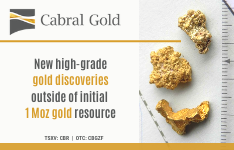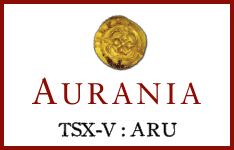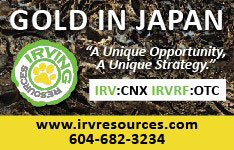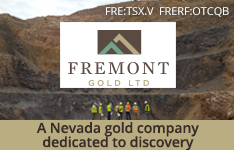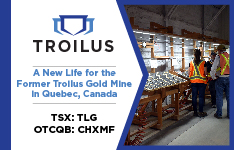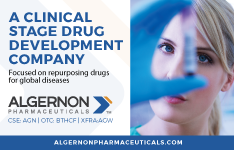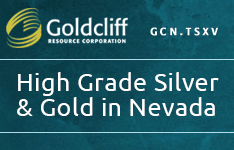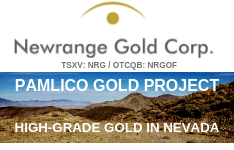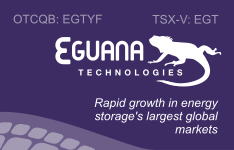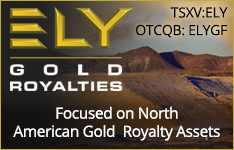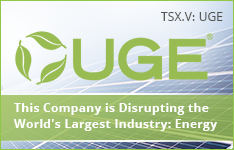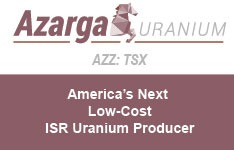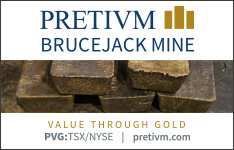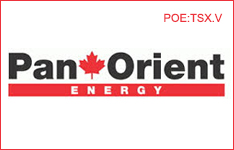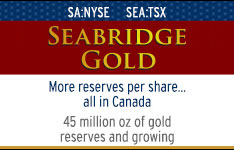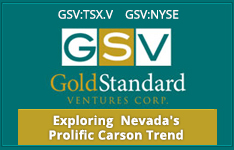A Metal More Precious than Gold
Source: Money Morning, Martin Hutchinson (9/30/10)
"Favored by China, industrial demand for platinum is soaring."
One particular metal currently looks like an even better investment than gold. Favored by Chinese investors and benefiting from soaring industrial demand, this particular PM has risen just 6% this year and remains well below its 2007 peak.
I'm talking about is platinum.
An ideal metallic catalyst, platinum has been used in catalytic converters since the 1980s. Its usage, therefore, is closely tied to automobile demand. Platinum's principal competitor—palladium—is cheaper but considerably less effective. So the pricing of the two metals tends to move in parallel, with platinum 3x–4x more expensive than palladium. This year, however, palladium prices are up >35%, bringing the platinum/palladium price ratio down to an exceptionally low level around 2.5.
The principal market for automobile catalysts today is China, whose auto market last year leapfrogged its U.S. counterpart to become the largest in the world. And August sales were running about 18% ahead of its 2009 totals.
Although Chinese cars use less fuel than those in the U.S., they use just as much catalyst. In the last year, Chinese manufacturers have tended to use palladium catalysts, while Europe uses platinum. But rising global auto demand and the two metals' recent convergence in price has made platinum relatively more attractive.
An additional attraction of platinum is strong demand from investors in China. To the extent that they're permitted to buy them, that country's investors are keen on precious metals in general. In the case of platinum, demand takes the form of platinum jewelry, whose sales in China rose from a 2008 level of 1.06 Moz. to a 2009 all-time record of 2.08 Moz.—an amount equal to about 35% of the world's platinum mine output of 5.9 Moz.
I'm talking about is platinum.
An ideal metallic catalyst, platinum has been used in catalytic converters since the 1980s. Its usage, therefore, is closely tied to automobile demand. Platinum's principal competitor—palladium—is cheaper but considerably less effective. So the pricing of the two metals tends to move in parallel, with platinum 3x–4x more expensive than palladium. This year, however, palladium prices are up >35%, bringing the platinum/palladium price ratio down to an exceptionally low level around 2.5.
The principal market for automobile catalysts today is China, whose auto market last year leapfrogged its U.S. counterpart to become the largest in the world. And August sales were running about 18% ahead of its 2009 totals.
Although Chinese cars use less fuel than those in the U.S., they use just as much catalyst. In the last year, Chinese manufacturers have tended to use palladium catalysts, while Europe uses platinum. But rising global auto demand and the two metals' recent convergence in price has made platinum relatively more attractive.
An additional attraction of platinum is strong demand from investors in China. To the extent that they're permitted to buy them, that country's investors are keen on precious metals in general. In the case of platinum, demand takes the form of platinum jewelry, whose sales in China rose from a 2008 level of 1.06 Moz. to a 2009 all-time record of 2.08 Moz.—an amount equal to about 35% of the world's platinum mine output of 5.9 Moz.


